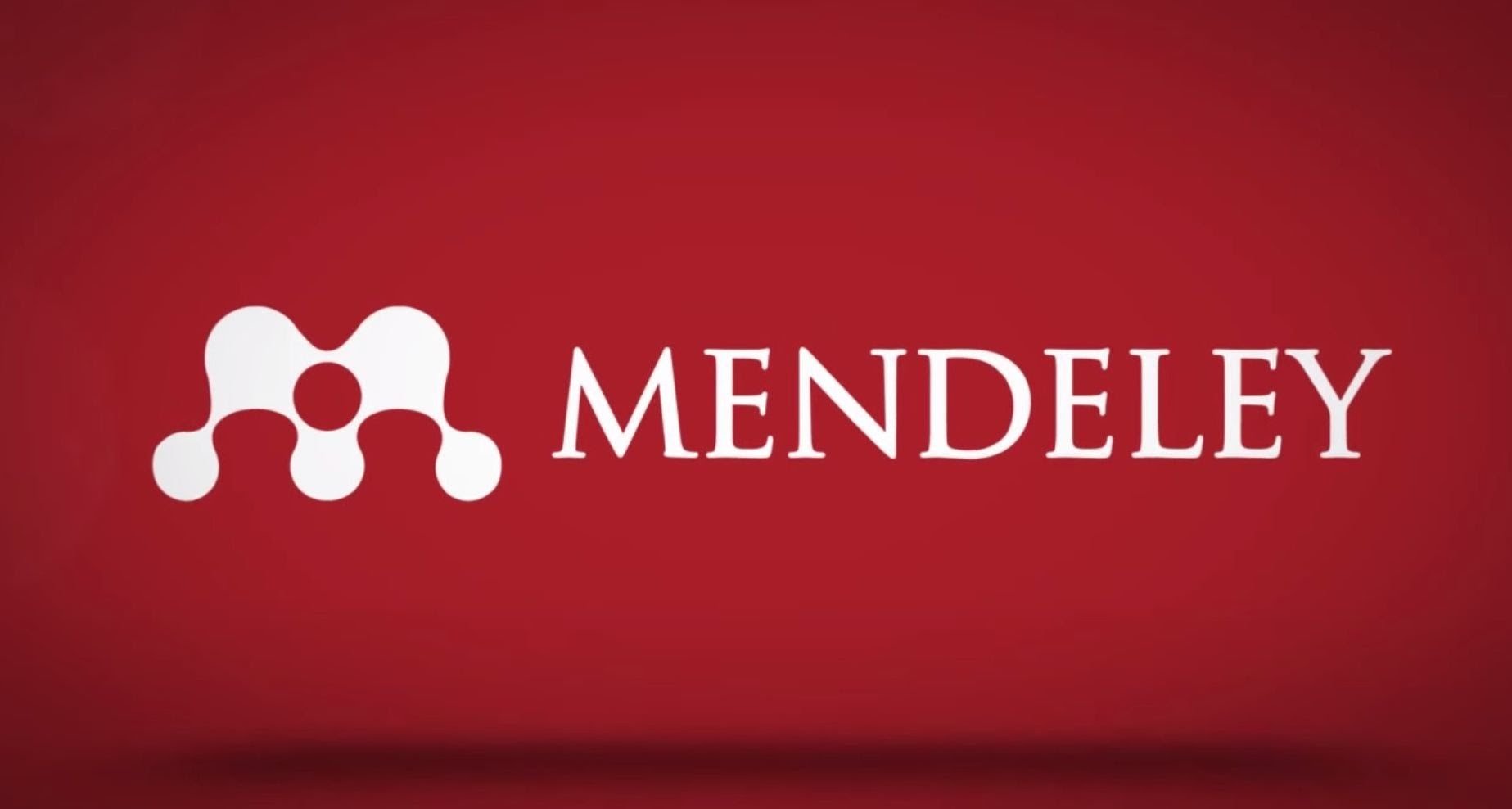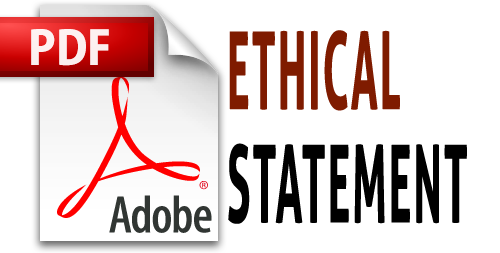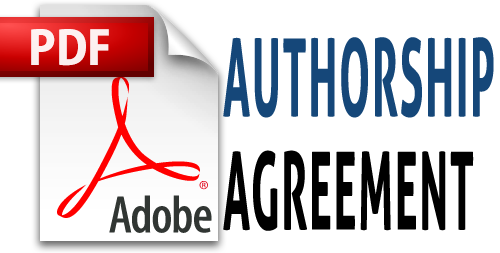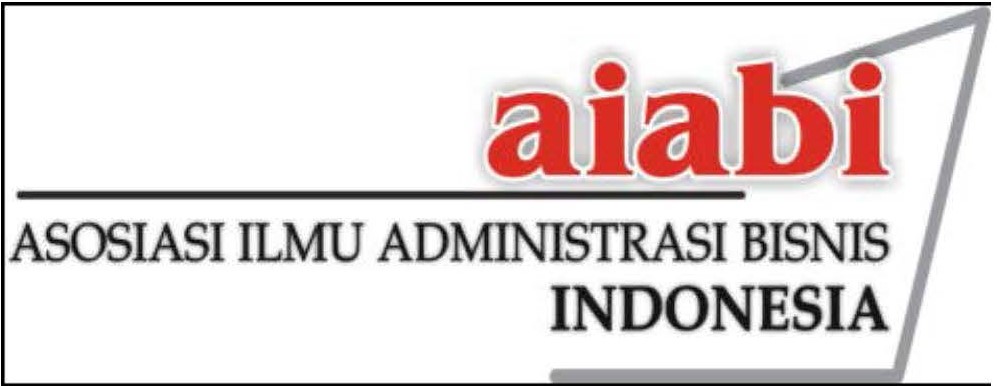REINVENSI KINERJA PERUSAHAAN DAERAH AIR MINUM (PDAM) DI INDONESIA MENUJU AGENDA SUSTAINABLE DEVELOPMENT GOALS 2030
Abstrak
Achieving the target of drinking water access in SGDs 2030, Indonesia faces shortage of supply and development capacity, especially for PDAMs as service providers, so they need comprehensive strategies, considering the productivity, cost efficiency and sufficient profit level. Therefore, this study used measures the above three aspects, by using regression of 380 PDAMs data in Indonesia. Profit category consists of 1.3 percent of high profit PDAMs, 87.9 percent of profit, 9.5 percent of loss and 1.3 percent of huge loss. According to productivity, it shows that capital and number of employees has increasing return to scale. On the productivity categories, consist of 11.6 percent of high productivity, 42.65 percent of productive, 32.0 percent of less productive, and 13.8 percent of low productivity. According to the production cost category, all independent variables significantly affected the average cost. As many as 6.9 percent PDAM as high efficiency, 53.2 percent efficient, 25.4 percent less efficient, and 15.6 percent in-efficient. Then we have 32 PDAM categories of the three models with generic strategy option for individual PDAM strategies. Local governments as PDAM owners could use this model for development and performance increasement. In addition, sectoral ministries can utilize the 32 categories of PDAMs as basis for programs of facilitation, technical guidance, management and governance for achieving the SDGs 2030.
Pencapaian target akses air minum pada SDGs 2030, Indonesia menghadapi keterbatasan pasokan dan kapasitas pengembangan, khususnya pada PDAM sebagai penyedia, sehingga membutuhkan strategi yang komprehensif, mempertimbangkan kategori produktivitas, efisiensi biaya hingga tingkat keuntungan yang mencukupi. Untuk itu, penelitian ini membahas ketiga aspek tersebut, menggunakan metode regresi dari data 380 PDAM di Indonesia. Pada kategori Profit, sebanyak 1,3% tergolong profit tinggi, 87,9% memperoleh profit kecil, 9,5% rugi dan 1,3% rugi besar. Dari model produktivitas, bahwa kapital dan jumlah pegawai berpengaruh signifikan dan produksi bersifat increasing return to scale. PDAM Produktivitas tinggi sebanyak 11,6%, produktif 42,6%, kurang produktif 32,0% dan produktivitas rendah 13,8%. Dari model biaya produksi, seluruh variabel bebas signifikan mempengaruhi biaya rata-rata. PDAM efisiensi tinggi sebanyak 6,9%, efisien 53,2%, kurang efisien 25,4%, dan tidak efisien 14,6%. Dari ketiga bahasan, diperoleh 32 kategori PDAM dengan generic strategy masing-masing PDAM secara individual. Pemerintah daerah sebagai pemilik PDAM, dapat menggunakan model ini untuk arah pengembangan dan penyehatan. Selain itu kementerian teknis dapat memanfaatkan 32 kategori PDAM sebagai dasar kegiatan fasilitasi, pembinaan teknis, manajemen dan tata kelola agar dapat menjadi wahana pencapaian agenda SDGs 2030.
Kata Kunci
Teks Lengkap:
PDFReferensi
Amjad, Urooj Q., Ojomo, Edema., Downs, Kristen., Cronk, Ryan., and Bartram, Jamie. (2015). Rethinking Sustainability, Scaling Up, and Enabling Environment: A Framework for Their Implementation in Drinking Water Supply, Water, Vol.7, pp 1497-1514; doi:10.3390/w7041497
Biddle, Jeff. (2012). Retrospectives: The Introduction of the Cobb-Douglas Regression. Journal of Economics Perspectives – Volume 26, Number 2, Spring, pp 223-236. 2012. http://dx.doi.org/10.1257/jep.26.2.223 doi=10.1257/jep.26.2.223
BPPSPAM. (2019). Kinerja PDAM. Kementerian Pekerjaan Umum dan Perumahan Rakyat.
Badan Pusat Statistik. (2020). Indikator Perumahan dan Kesehatan Lingkungan Tahun 2020. Jakarta
Carlton, Dennis W., Perloff, Jeffrey M. (2000). Modern Industrial Organization. Addison Wesley 3rd edition ;
Department of Economic and Social Affairs United Nations. (2020). Transforming our world: the 2030 Agenda for Sustainable Development. Retrieve from https://sustainabledevelopment.un.org/post2015/transformingourworld
Earl, Peter and Wakeley, Tim. (2005). Business economics: A contemporary approach. McGraw-Hill Education, Berkshire, UK.
Erfie, Stephen. (2014). Deriving A Cubic Total Cost Function From A Cubic Total Cost Curve. International Journal of Economics, Commerce and Management, Vo.II, Issue 2, United Kingdom.
Ferro, Gustavo., Lentini, Emilio J., Mercadier, Augusto C. (2011). Economies of Scale in the Water Sector: A Survey of Empirical Literature, Journal of Water Sanitation and Hygiene for Development. Vol.1. Issue 3. IWA Publishing.
Fulazzaky, Ali. (2014). Challenges of Integrated Water Resources Management in Indonesia. Water, Vol 6, pp 2000-2020; doi:10.3390/w6072000.
Kaplan, Robert S. And Norton, David P. (2004). Strategy Maps : Converting Intangible Assets into Tangible Outcomes, Harvard Business Review Press.
Lipczynski, John and Wilson, John. (2004). The economics of business strategy, Prentice Hall, Pearson Education Limited, UK.
Listyawan, Budi, Muftiadi, Anang et.al. (2013). Meretas Jalan Menuju Jaminan Layanan Air Minum: Teruntai Dalam Kiprah Eksekutif PDAM, Penerbit Kementerian Pekerjaan Umum.
Lovell, C.A. Knox. (1993). Production Frontiers and Productive Efficiency, in The Measurement of Production Efficiency: Techniques and Applications. Editors; Fried, Harold O., Schmidt, Shelton S., and Lovell, C.A. Knox, Oxford University Press.
Mercandier, Augusto C., Cont, Walter A, and Ferro, Gustavo. (2016). Economies of scale in Perus’s Water and Sanitation Sector, Journal of Productivity Analysis, April, Volume 45, Issue 2; online 19 February.
Muftiadi, Anang, dan Fordian, Dian.(2020). Penerapan Model Cobb-Douglas untuk Analisis Produktivutas PDAM dan Potensi Universal Akses di Indonesia. AdBispreneur : Jurnal Pemikiran dan Penelitian Administrasi Bisnis dan Kewirausahaan Vol 5, No 2. DOI: https://doi.org/10.24198/adbispreneur.v5i2.26777
Muftiadi, Anang. (2017). Analysis of Production Cost Efficiency of Local Government-Owned Drinking Water Supply Companies (PDAMs) in West Java. Review of Integrative Business and Economics Research. Vol 6(1). (http://buscompress.com/journal-home.html).
Muftiadi, Anang. (2013). Analisis Benchmark Biaya Produksi pada PDAM di Indonesia (Model Cost Curve). Proceeding Simposium Kebudayaan Indonesia Malaysia, Volume 13, November.
Muftiadi, Anang. (2016). Productivity Analysis on Local Government-owned Drinking Water Companies (PDAMs) in Indonesia and Its Market Challenge, Proceeding onf Global Conference on Business, Management, and Entrepreneurship, Universitas Pendidikan Indonesia.
Muftiadi, Anang. (2014). Relationship and Critical Limits on Scale and Healthy Rate of Local Government Owned Water Supply Companies (PDAMs) in Indonesia, Proceeding, International Conference for Interdisciplinary Studies (ICIS) Youngsan University, Korea, Volume 1.
Patunru, Arianto A. (2015). Access to Safe Drinking Water and Sanitation in Indonesia. Special Research Article on Health Policy, Asia and Pacific Policy Studies, Australian National University, Vol.2, No.2, pp 234-244. Doi:10.1002/app5.81.
Rogers, Robert P. (1983). Measurement of Firm Cost Curves, Working Paper No.96, Bureau of Economics Federal Trade Commission, Washington DC.
Santos, Pedro Martínez. (2017). Does 91% of the world’s population really have “sustainable access to safe drinking water”?, International Journal of Water Resources Development. DOI: 10.1080/07900627.2017.1298517.
Varian, Hal R. (2014). Intermediate Microeconomics: A Modern Approach, W.W. Norton & Company. 9th edition.
Zhang, Fan., Tan, Qian., Zhang, Chenglong., Guo, Shanshan., and Guo, Ping. (2017). A Regional Water Optimal Allocation Model Based on the Cobb-Douglas Production Function under Multiple Uncertainties. Water, Vol. 9, pp 923; doi: 10.3390/ w9120923.
DOI: https://doi.org/10.24198/adbispreneur.v8i2.44848
Refbacks
- Saat ini tidak ada refbacks.









